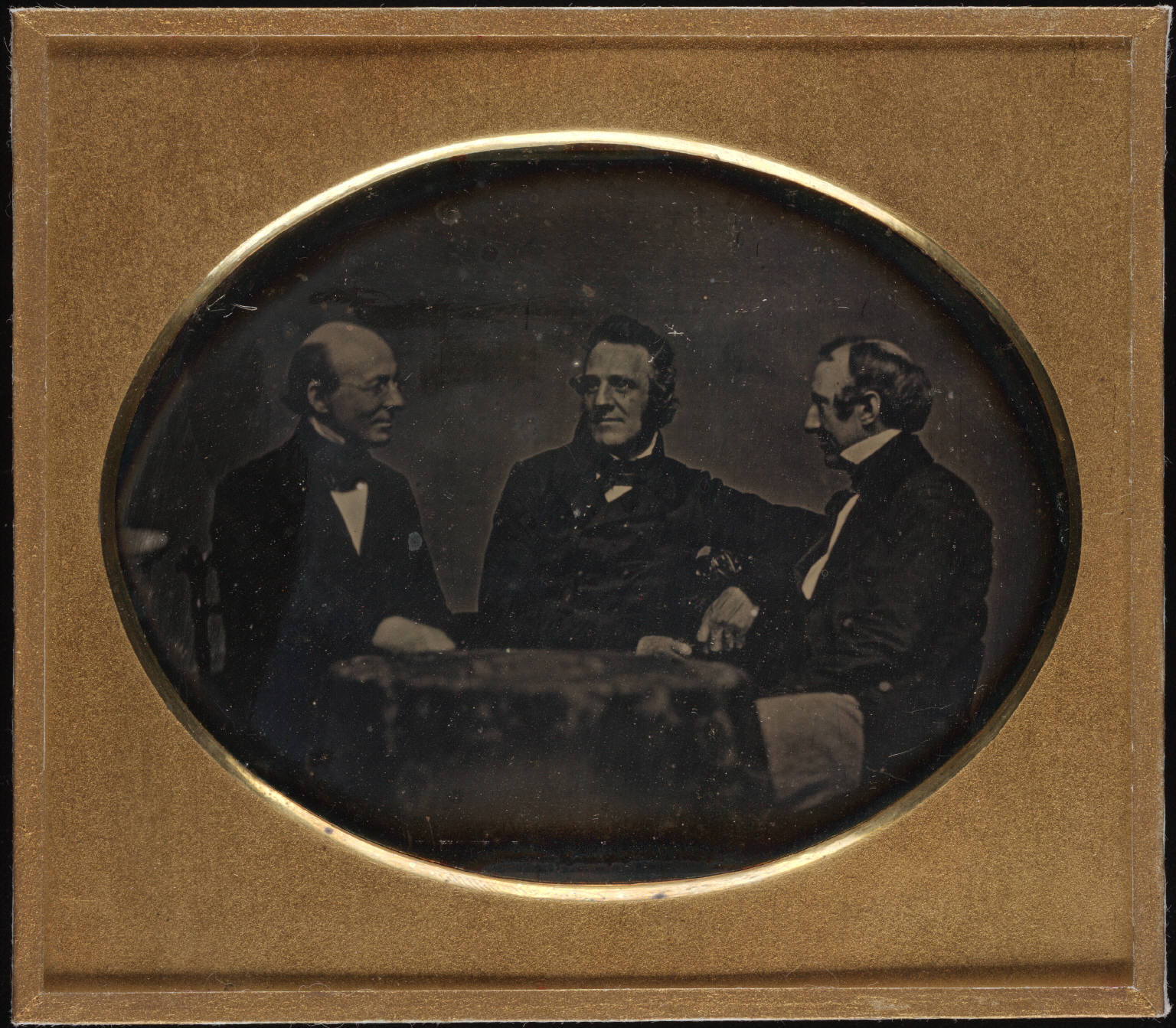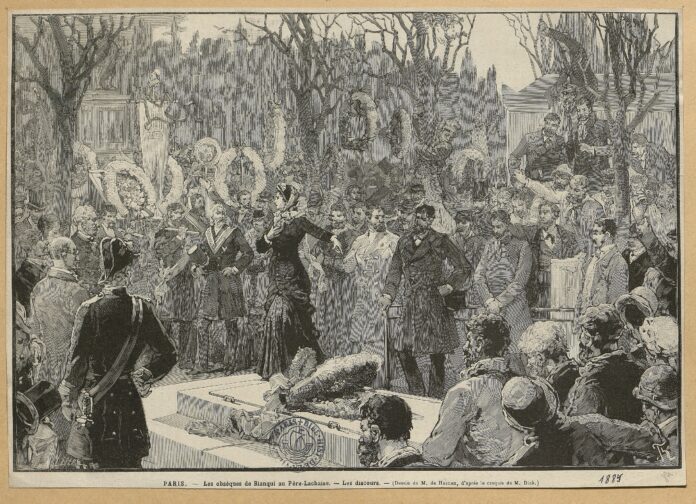
Socialistisk Biblioteks Tidslinje med links til begivenheder og personer i 1805.
Se også Index over personer, organisationer/partier og værker (som bøger, malerier, mm.), steder, begivenheder, mv., der er omtalt på hele Tidslinjen, titler og indhold på emnelisterne osv.
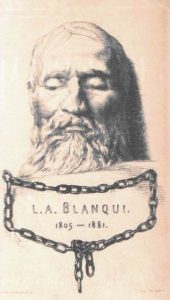
1. februar 1805
Den franske revolutionære Louis Auguste Blanqui fødes i Puget-Théniers (dør i Paris, 1. januar 1881).
Se:
- Blanqui, Auguste (Leksikon.org).
- Louis Auguste Blanqui (Wikipedia.org).
- Blanquism (Wikipedia.org).
- Louis-Auguste Blanqui Archive (Marxists Internet Archive; Reference Writers). With biography and articles by Blanqui.
- The Blanqui Archive (site). Auguste Blanqui and his legacy: writings, manuscripts, resources.
To the barricades! The life of Louis Auguste Blanqui (Counterfire, March 16, 2021). “To his great credit Louis Auguste Blanqui was jailed by every regime that ruled France between 1815 and 1880. John Westmoreland assesses his legacy.”
Auguste Blanqui and the Politics of Popular Empowerment. By Doug Enaa Greene (Marx & Philosopy Review of Books, 17 July 2020). Review of Philippe Le Goff’s book (Bloomsbury Academic, 2020, 347 p.). “Le Goff’s work is meticulously researched, drawing upon both Blanqui’s published works, and his unpublished manuscripts only recently translated into English.”
Communist Insurgent: Blanqui’s Politics of Revolution. By Ian Birchall (Historical Materialism, 2018). Review of Doug Enaa Greene’s book (Haymarket, 2017, 292 p.). “… Greene’s book does not close the argument (of conspiratorial organisations of Blanqui vs. mass working-class organisations) but opens it up. One hopes that it will be widely read and discussed.” See also review by Keith Flett: Blanqui – rescued from the enormous condescension of posterity (London Socialist Historians Group Newsletter, Issue 64, Summer 2018).
Blanqui and the Communist Enlightenment. By Doug Enaa Greene (Links: International Journal of Socialist Renewal, February 6, 2018). “Louis-Auguste Blanqui believed that the legacy of the Enlightenment and the French Revolution was worth defending. However, Blanqui recognized that a mere passive defense of both was not enough.”
Blanqui’s politics of revolution (Links: International Journal of Socialist Renewal, October 18, 2017). “In this interview, historian Doug Greene talks about Blanqui, his life and politics, and more.”

Why Blanqui? (Verso, Blog, 1 February 2017). “Before Marx, there was Blanqui … Below, historian Doug Enaa Greene – author of the forthcoming Specters of Communism: Blanqui and Marx – surveys the life and thought of the French radical.”
Why did Walter Benjamin misrepresent Blanqui? By Ian Birchall (Grim and Dim, 2016). “I recently wrote a conference paper on Auguste Blanqui, and was reminded of what seems to me to be a serious flaw in Benjamin’s work, which, as far as I know, has been little mentioned by the various commentators on his work.”
Making use of history: Maurice Dommanget’s appropriation of Blanqui. By Ian Birchall (Grim and Dim, 2016). “Dommanget’s account is a balanced one, drawing out both the strengths and the weaknesses of Blanqui’s organisational conceptions.”
Benjamin, Blanqui and the Apocalypse. By Doug Enaa Greene (Red Wedge, September 13, 2016). “For Blanqui and Benjamin, the revolution involves a rupture.”
The will to act: The life and thought of Louis-Auguste Blanqui. By Doug Enaa Greene (Links: International Journal of Socialist Renewal, Ocober 24, 2014). “For 50 years of his life, he would organise multiple conspiracies and launch a half-dozen failed insurrections to topple the rule of capital and inaugurate a socialist republic.”
Louis Blanqui: A man of action. By Michéal MacEoin (Solidarity, Issue 301, 25 October 2013). “Louis Auguste Blanqui was a French socialist whose conspiratorial breed of revolutionary politics has a complex and controversial relationship with Marxism.”
The radical gap. By Jacques Rancière (Radical Philosophy, Issue 185, May-June 2014). A preface to Auguste Blanqui, Eternity by the Stars Dossier: Blanqui’s Eternal Gap [1872] (Paris, Les Impressions Nouvelles, 2002).
Auguste Blanqui, heretical communist. By Daniel Bensaïd and Michael Löwy (Radical Philosophy, Issue 185, May-June 2014). “If one were to sum up Blanqui’s politics, one could say that it is above all, and most signiicantly, a revolutionary voluntarism, at once the source of his strength and weakness, of his greatness and limitation.”
Blanqui’s eternity by the stars: despite it all. By Doug Enaa Greene (CounterPunch, December 13-15, 2013). Review of Louis-Auguste Blanqui, Eternity by the Stars: An Astronomical Analysis (Contra Mundum Press, 2013). “The only method of action open to Blanqui was an elite and tight-knit conspiracy which would strike capital at the appointed time to bring about communism.”
Auguste Blanqui (Libcom.org, May 26, 2009). A translation of the preface to a recent collection of Blanqui’s writings (Dominiqu Le Nuz, Maintenant, il faut des arms, Editions La Fabrique, 2007).
The relations of Marx with Blanqui. By David Riazanov (Labour Monthly, August 1928). “Marx and Engels were for a long time accused of Blanquism.”
Se også:
Marx, Blanqui and majority rule. By Monty Johnstone (Socialist Register 1983, p.296-318). “Is the support of the majority of the population necessary for the socialist transformation of society?”
Marx and the Dictatorship of the Proletariat. By Hal Draper (New Politics, Vol.1, No.4, Summer 1962). “Marx and Engels, rejecting the Blanquist concept of dictatorship, counterposed to it their own formulation of the ‘dictatorship of the proletariat’.”
Se på Socialistisk Bibliotek:
Tidslinjen: 12. maj 1839, om opstanden i Paris.

2. april 1805
Så er det jo at H.C. Andersen blir født i Odense (og dør i København 4. august 1875).
Se på Socialistisk Bibliotek:
Personlisten: H.C. Andersen – i en progressiv vinkel (Modkraft.dk/Tidsskriftcentret).
7. juni 1805
Den franske kvindeorganisator og utopiske socialist Pauline Roland fødes. (Dør 15. december 1852 i Lyon)
Links:
Roland, Pauline (Leksikon.org).
Eva Ahlstedt: Paulline Roland – en märklig pionjär och hennes tragiska öde. (pdf-fil)
[sta_anchor id=”18051203″ /]
3. december 1805
Den franske feminist og socialist Jeanne(-Francoise) Deroin fødes i Paris. (Dør 2. april 1894 i London).
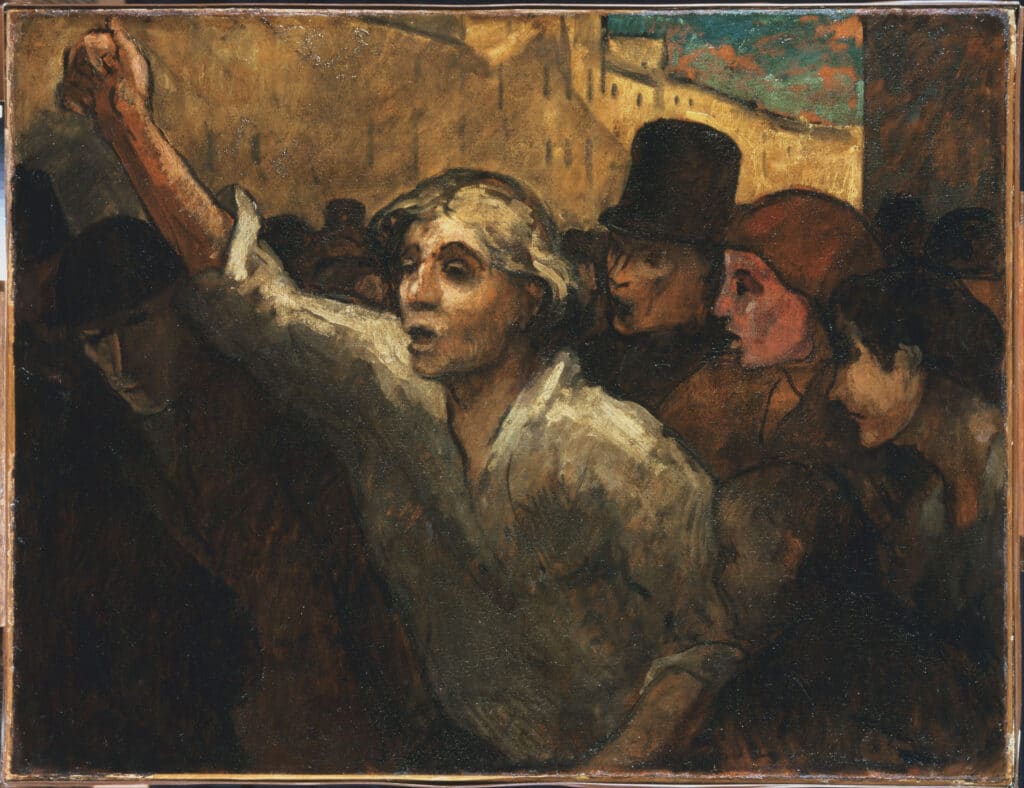
Links:
Deroin, Jeanne (Leksikon.org).
Jeanne Deroin (Encyclopedia of 1848 Revolutions).
Aux Citoyens Français! [English text] (La Voix des Femmes, no. 7 (27 March 1848) (Women and Social Movements in the United Staes, 1600-2000).
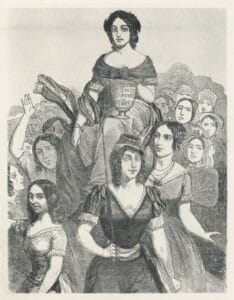
10. december 1805
William Lloyd Garrison, amerikansk slaverimodstander (abolitionist) og grundlægger af avisen The Liberator (1831-65) fødes i Newburyport, Massachusetts (dør 24. maj 1879)

Note to the picture of Garrison. He wrote that “Out of a hundred daguerreotypes that have been taken of me, not one is worth looking at a second time. The failure is absolute, whether it be Brady in your city or South[worth] or Whipple here.” Garrison to Oliver Johnson, May 1, 1858, in Walter M. Merrill and Louis Ruchames, eds., The Letters of William Llyod Garrison(Cambridge, MA: Harvard University Press, 1971-81), vol.4, pp.523-24. Public Domain.
Se:
William Lloyd Garrison (Spartacus Schoolnet)
William Lloyd Garrison (Africans in America)
William Lloyd Garrison (Wikipedia.org). Med mange links, inklusiv ‘works online’.
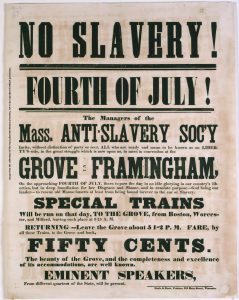
Se på Socialistisk Bibliotek: / See:
Emneboxen: Slaveri / Slavery
